Making your own homemade almond butter couldn’t be easier. In fact, it only requires one ingredient: almonds (plus an optional pinch of sea salt!). That’s it. No added oils, sugars, preservatives or fillers; just roasted almonds blended into a smooth, nutritious butter.
Why Make Your Own Nut Butter?
When you make nut butters from scratch, you’re in full control of the ingredients and more importantly, what you leave out.
Many shop-bought versions, even those labelled ‘natural’, can contain additives like palm oil, emulsifiers, added sugars or stabilisers. These ingredients are there to extend the shelf life but they’re often unnecessary – and usually not very healthy.
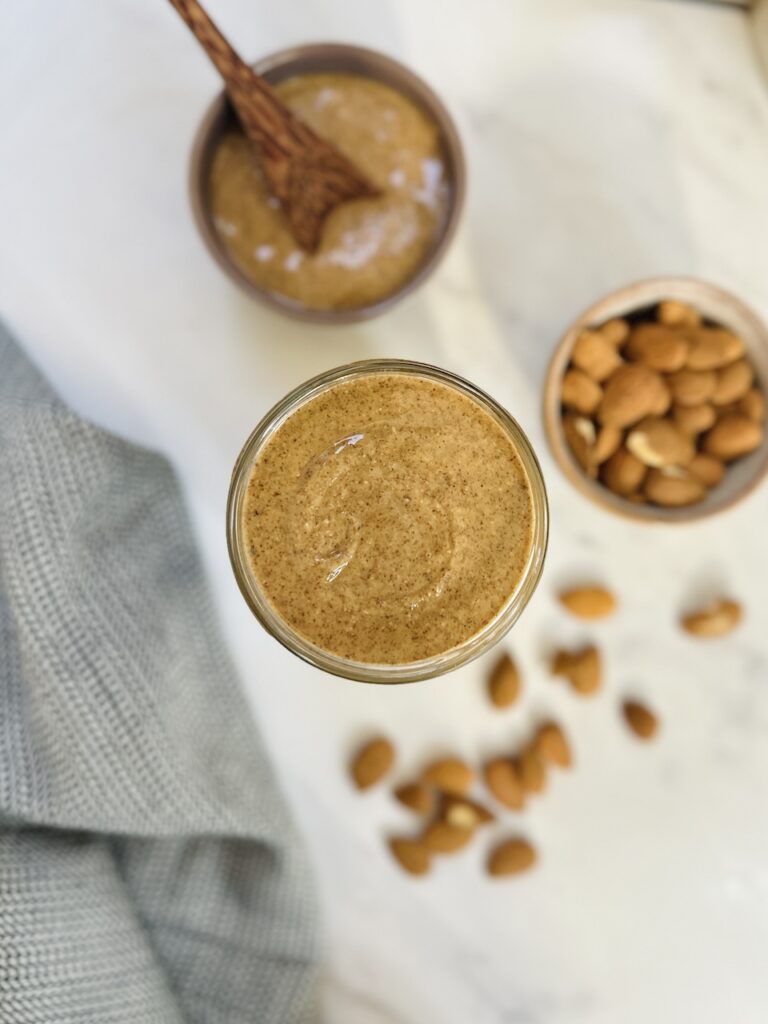
How to Make Almond Butter
Making homemade almond butter couldn’t be easier – all you need is a baking tray, a blender or food processor, and a little bit of patience!
It just takes a bit of time to get the right consistency.
And you definitely need a strong food processor or blender to do the job well.
The Nutritional Benefits of Almonds
Almonds are a nutritional powerhouse. Whether you eat them whole or blended into butter, they bring so many health benefits to the table.
Healthy fats – Almonds are rich in monounsaturated fats, which have been shown to help lower LDL (bad) cholesterol levels.
Protein – Just a tablespoon of almond butter can up the protein in your oats or yoghurt bowl, keeping fuller for longer.
Vitamin E – Almonds are one of the best natural sources of vitamin E, a powerful antioxidant that helps protect cells from oxidative stress and supports skin health.
Fibre – Almond butter is a good source of dietary fibre, which aids digestion and helps regulate blood sugar levels. Make sure to keep the skins on for added fibre!
Magnesium and other minerals – Essential for energy production, muscle function and bone health, magnesium is another key nutrient found in abundance in almonds.

Storage and Shelf Life
Homemade almond butter can last for up to a month in the fridge. For best results:
- Store your almond butter in a sterilised glass jar or airtight container.
- Keep it in the refrigerator, rather than at room temperature.
- Stir it before using, if needed. Natural separation can sometimes occur (this is totally normal!).
Recipe Tips
How to sterilise jars – Wash well in soapy water and rinse fully. Put the jar and the lid in the oven on a low heat for 30 mins. Remove and use immediately.
Use fresh, high-quality almonds – Opt for raw, unsalted almonds (with the skin on) and roast them yourself for better flavour. Roasting brings out the natural oils and makes them easier to blend.
Be patient when blending – Almond butter goes through several stages: from chopped nuts to a thick paste, then finally to a smooth, glossy butter. Keep going, it takes time!
Use a powerful food processor or blender – A high-speed processor is essential for breaking down the almonds and creating the smooth texture you want.
some fantastic recipes using homemade almond butter:
Noodle Salad with Almond Butter Dressing

Homemade Almond Butter
Ingredients
- 3 cups raw almonds (420g)
- ½ tsp sea salt optional
Instructions
- Preheat the oven to 160C/320F. Add the almonds to a large baking tray and bake for about 8-10 minutes, taking out halfway through to give them a shake. You want them slightly toasted but not too dark.
- Leave to cool slightly. Add them to a food processor with the salt, if using. Blend until the nuts are in small pieces. Stop and scape down the sides of the food processor.
- Continue to blend until they turn into a smooth butter (you will have to stop and scrape down the sides of the processor every so often). The whole process will take 5-6 minutes.
- Once completely smooth and runny, pour into a sterilised jar.
Notes
- For best results, and to last longer, store in the fridge.
- I recommend adding the salt for optimum flavour.
- To sterilise the jar before using, see the tip above.
- If you prefer crunchy almond butter, take out a couple of tbsp of chopped nuts after step 2 and stir them back in at the end.

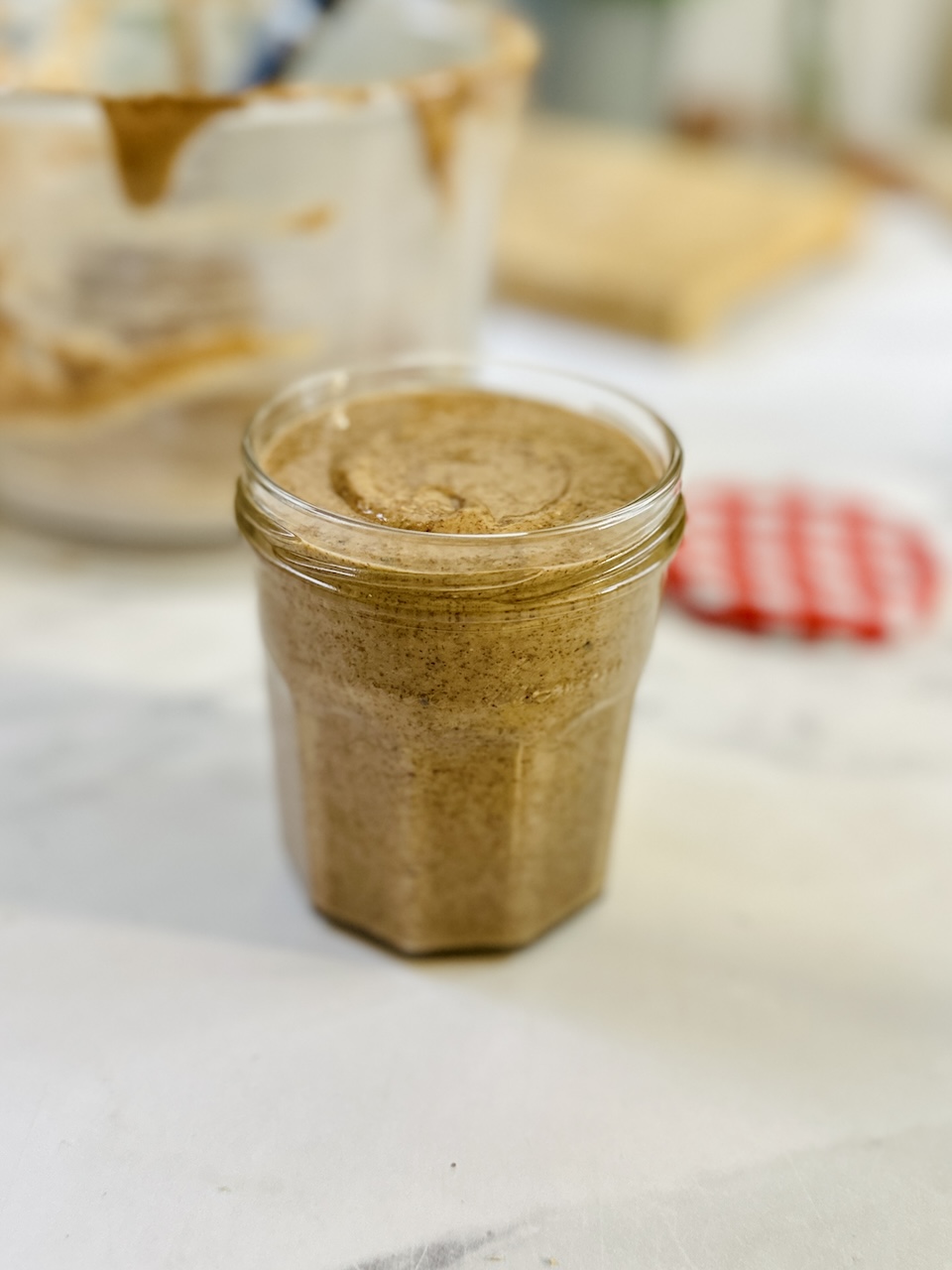
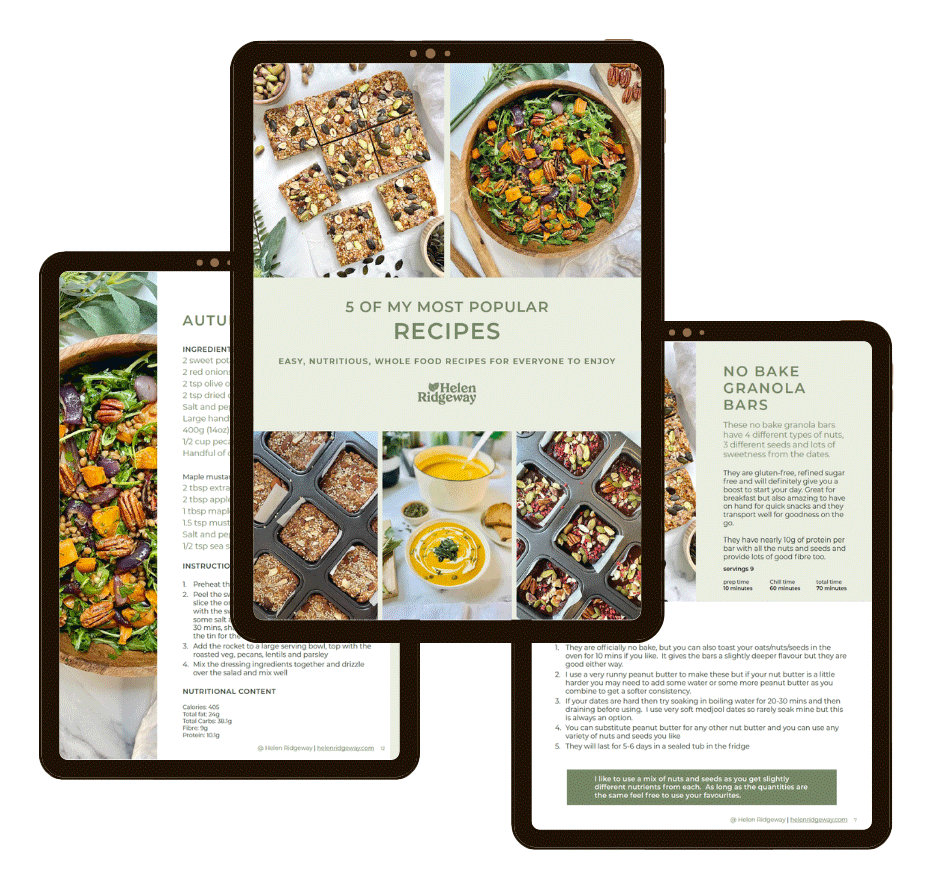

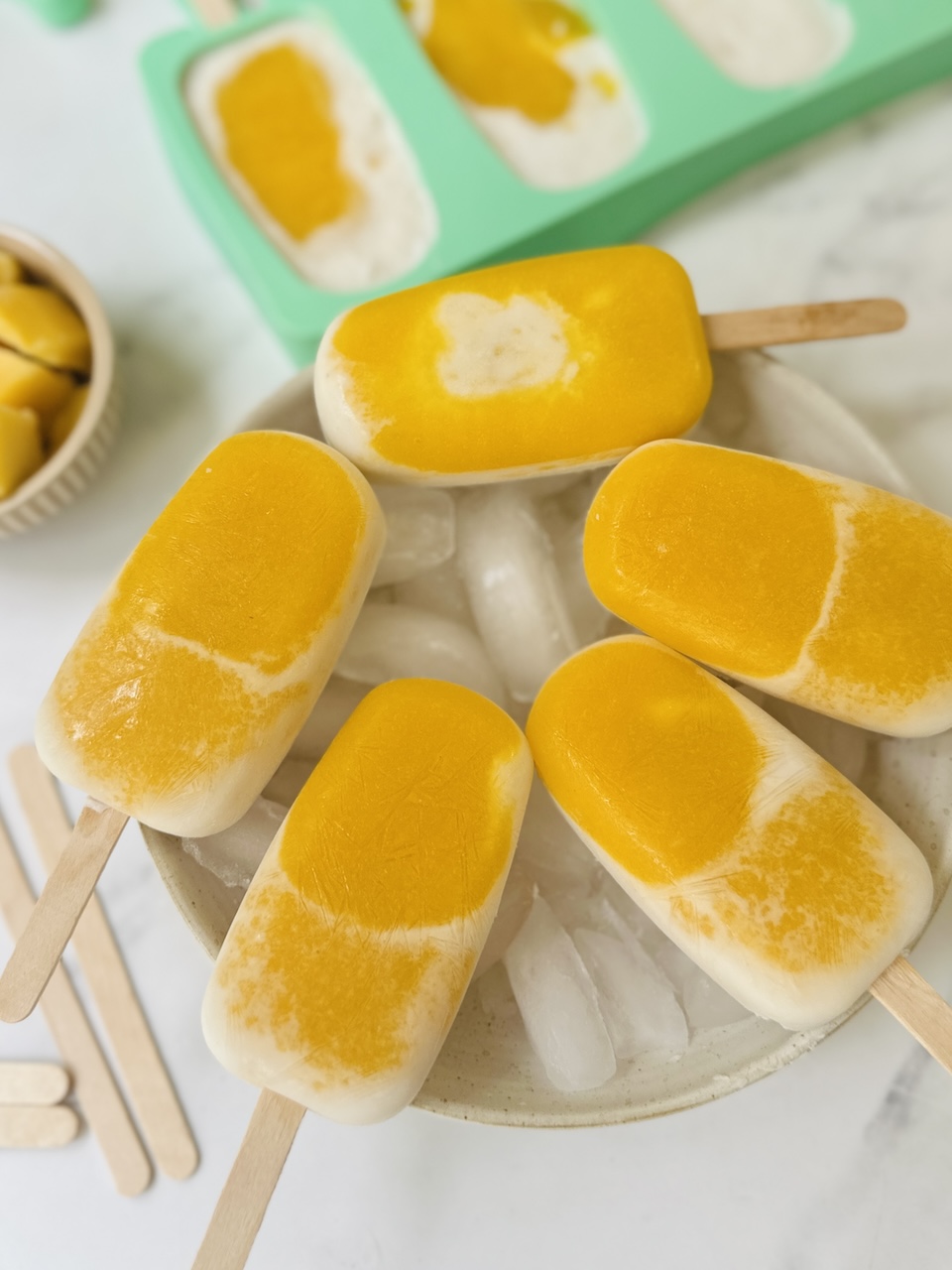
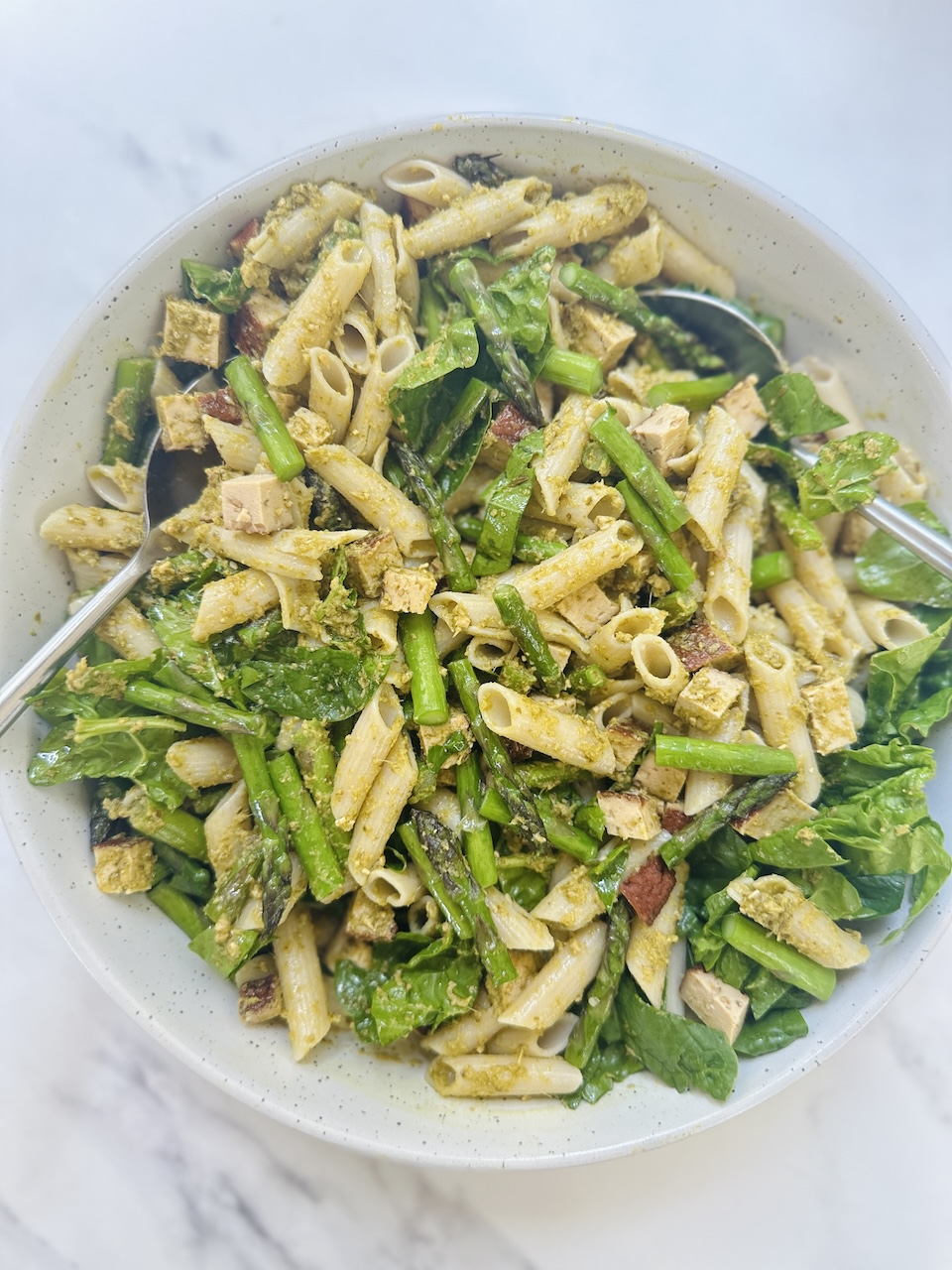
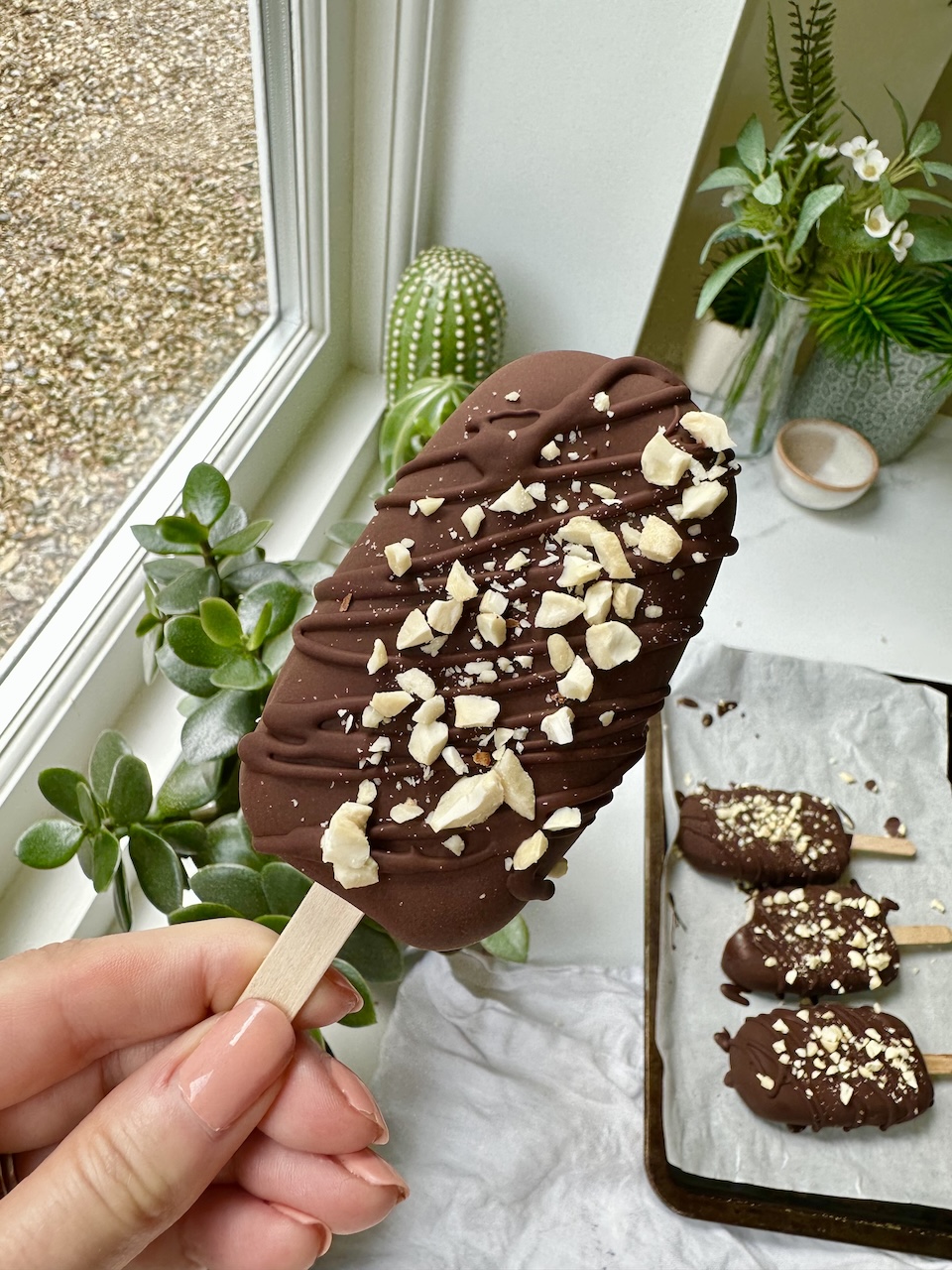


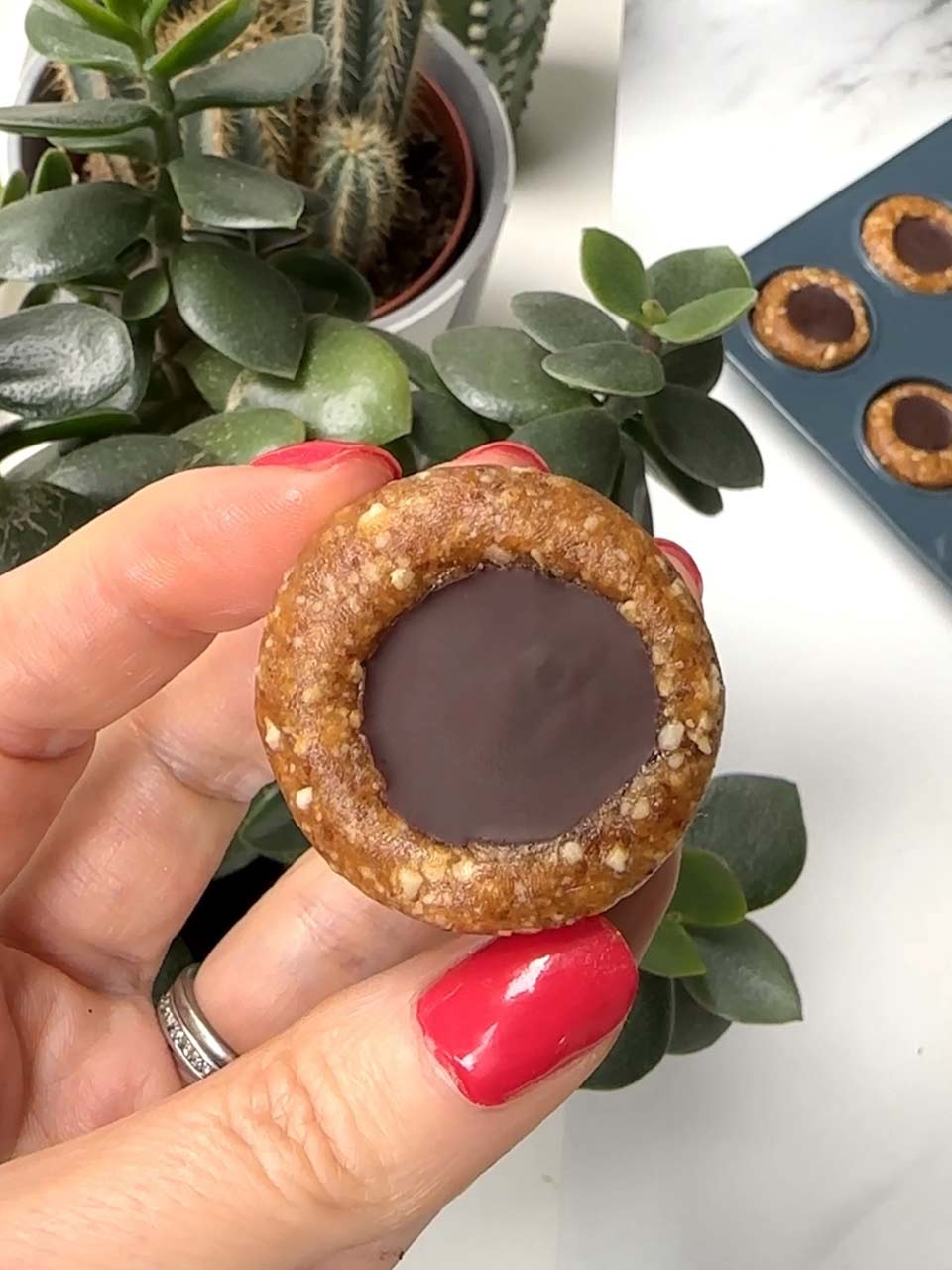

Love to have this made